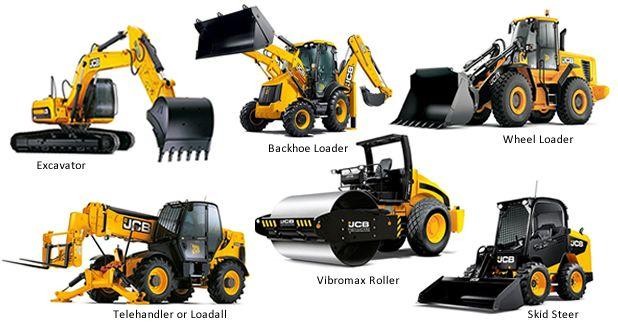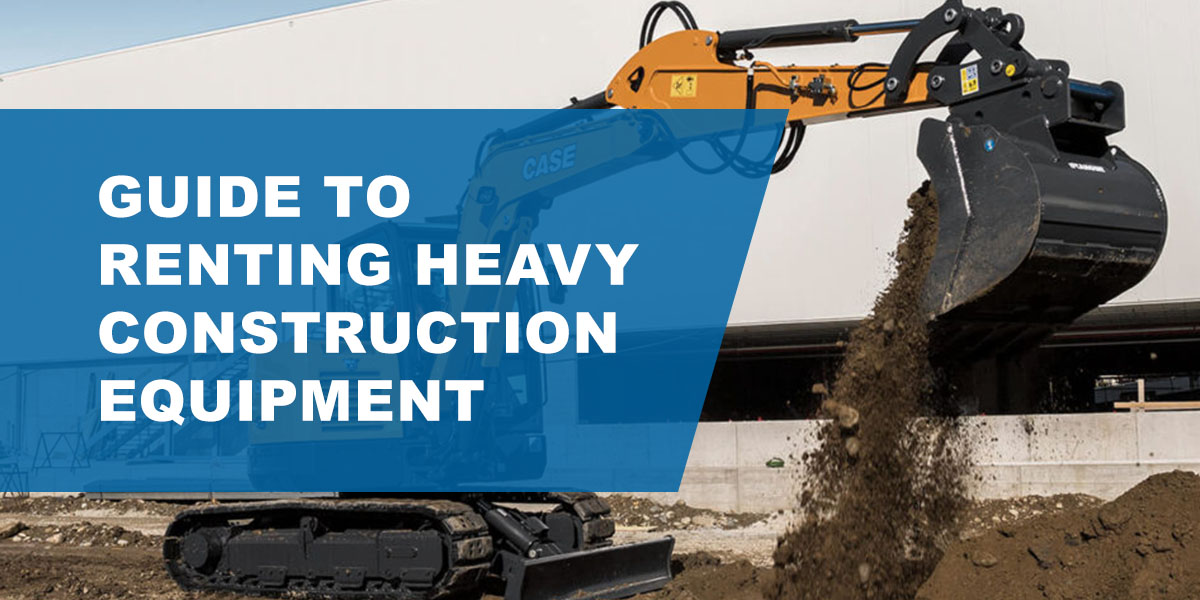Heavy Equipment Rental: Huge Machinery for Any Type Of Construction Task
Heavy Equipment Rental: Huge Machinery for Any Type Of Construction Task
Blog Article
Maximize Your Budget by Comprehending the Costs Associated With Construction Equipment Leasings
Understanding the full range of costs connected with building and construction devices services is critical for maximizing your spending plan. While the preliminary rental fee might seem straightforward, numerous additional costs-- such as transportation, gas additional charges, and maintenance-- can swiftly collect, affecting your economic planning. Furthermore, being mindful of different costs and the intricacies of rental contracts can help stay clear of unforeseen financial problems. What techniques can be used to successfully handle these prices and guarantee an extra efficient rental experience?
Review of Rental Expenses
When considering construction tools services, recognizing the associated costs is critical for efficient budgeting and job preparation. Rental expenses can differ dramatically based upon numerous variables, including devices type, period of leasing, and place. The preliminary rental cost often reflects the devices's market need and its associated operational abilities, affecting the general cost.
Along with the base rental rate, ancillary prices may arise, such as transport charges, gas surcharges, and maintenance charges. It is important to make up these extra expenses to accurately examine the complete expense of renting devices. The rental duration can impact pricing; longer rentals may certify for reduced prices, while short-term rentals might incur greater day-to-day charges.

Failure of Rental Prices
A detailed understanding of rental rates is vital for service providers and job managers aiming to enhance their spending plans. Rental rates for construction tools generally consist of a number of elements, consisting of base prices, time-based fees, and usage costs.
Base prices are the core charges related to the rental of the tools, often figured out by the kind and dimension of the equipment. These rates can vary significantly, influenced by variables such as tools need, accessibility, and regional market fads. Time-based charges, which may be daily, weekly, or monthly, serve to fit various project timelines and rental durations.
In addition, rental prices might include usage costs, which apply when tools is made use of past a defined limit, ensuring that the rental company can make up damage. Seasonal need fluctuations can additionally influence rental rates, with peak building periods typically regulating greater prices.
Additionally, comprehending the rental company's policies relating to upkeep and insurance can offer more understanding right into the general expense framework. By evaluating these elements, service providers can make educated choices, ensuring the option of rental equipment straightens with both job requirements and budget plan restraints.
Extra Fees to Consider
Comprehending the ins and outs of added fees is essential for service providers to handle their general rental expenses efficiently. Past the typical rental rates, various additional fees can considerably affect the overall expense of equipment leasing. These costs commonly consist of distribution and pick-up costs, which can vary based upon distance and logistics involved in moving the tools to and from the task site.
In useful source addition, some rental companies might enforce gas surcharges if the tools is returned with less fuel than when leased. It is likewise vital to know potential cleansing fees, particularly for specific devices that requires complete maintenance after usage.

Completely reviewing the rental contract and making clear these extra costs my link in advance can aid service providers make sure and prevent unexpected expenses that budget plans stay intact throughout the job lifecycle.
Maintenance and Repair Service Costs
Routine maintenance and repair service costs are typically overlooked factors that can substantially influence the general price of building and construction devices rentals. When leasing tools, it is vital to take into consideration not just the rental charges but also the possible costs related to maintaining the equipment in optimum operating problem.
Lots of rental firms include fundamental upkeep as part of the rental contract; nevertheless, a lot more comprehensive repairs or unforeseen break downs can result in added costs. It's vital to assess the rental contract thoroughly to comprehend what maintenance services are covered and what obligations drop on the tenant.
Additionally, tools that is not well-kept can cause ineffectiveness on the task site, possibly raising and triggering delays job expenses. To mitigate these threats, it is recommended to conduct regular assessments and keep open communication with the rental provider relating to any type of issues that occur during usage.
Insurance and Liability Prices
Insurance policy and liability costs are critical components that can significantly influence the overall expense of construction equipment rentals (boom lift rental). These costs make sure that both the rental company and click this site the client are protected from potential financial losses occurring from mishaps, damage, or burglary during the rental duration

Furthermore, customers need to be aware of any type of deductibles or exclusions in the insurance coverage, as these can impact prospective out-of-pocket expenditures. Comprehending the terms of any kind of insurance policy protection is important to stay clear of unanticipated expenses. Inevitably, budgeting for insurance and obligation expenditures can assist ensure a smoother rental experience and safeguard against monetary risks related to construction jobs.
Conclusion
In conclusion, a comprehensive understanding of the expenses related to construction devices rentals is vital for effective spending plan monitoring. By evaluating rental prices, added charges, upkeep expenditures, and insurance coverage requirements, companies and individuals can minimize unanticipated expenditures. This strategic approach not only enhances cost-effectiveness but additionally makes sure that tasks advance efficiently and successfully. Eventually, notified decision-making relating to tools leasings adds to the overall success of construction ventures.
Rental expenses can differ dramatically based on several variables, including devices kind, duration of service, and place (dozer rental). The rental period can impact rates; longer rentals may certify for affordable rates, while short-term rentals might sustain greater everyday costs
By carrying out thorough research and involving with credible rental business, service providers can properly browse the complexities of rental pricing, eventually maximizing their economic sources.
Beyond the conventional rental rates, various auxiliary charges can substantially affect the complete price of devices rental. Rental companies usually provide obligation insurance that covers injuries to third celebrations or damage to residential property, while tools damage insurance policy can cover the expense of repair services or substitute if the rented out tools is harmed.
Report this page